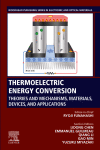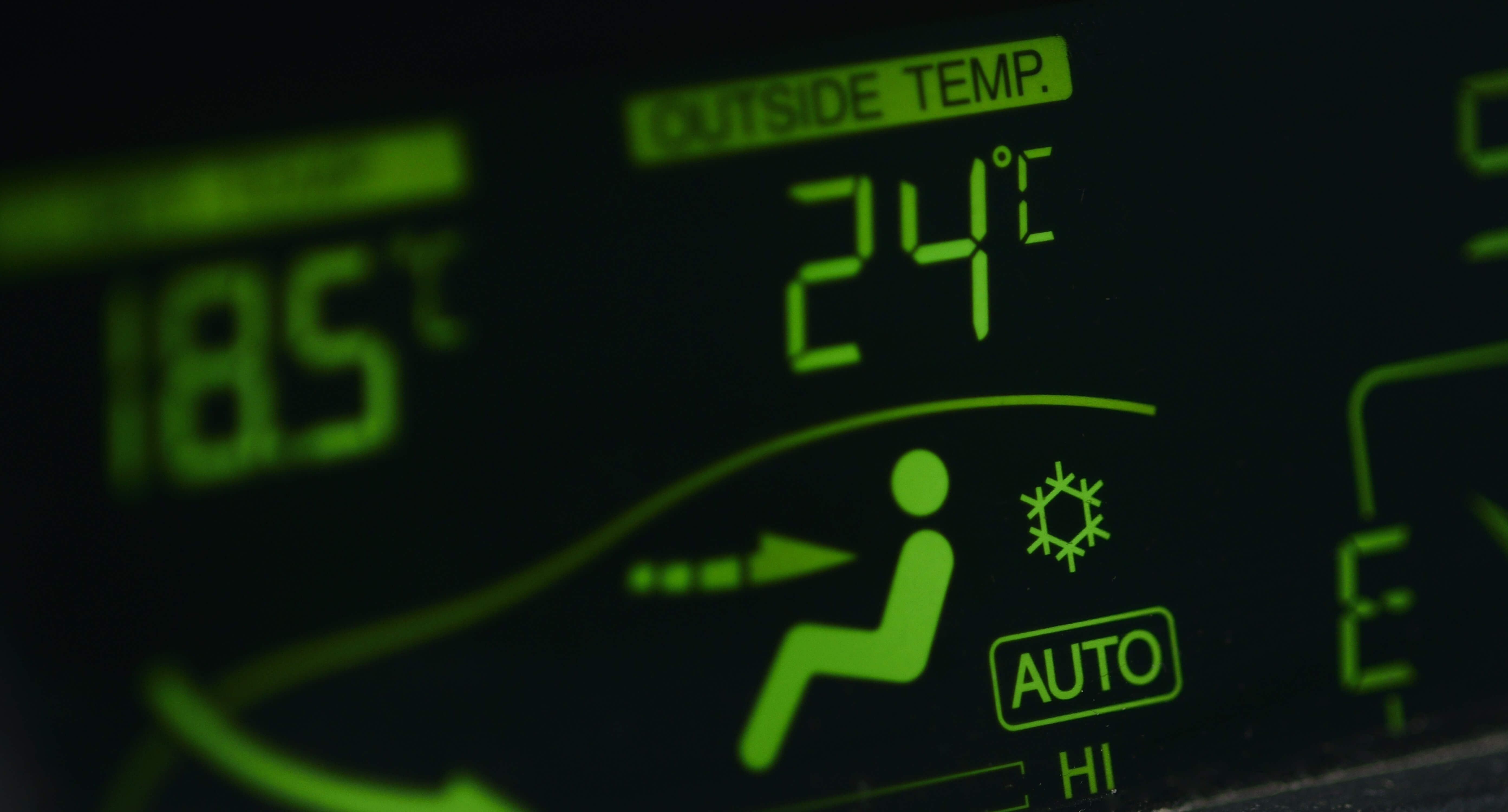We’re excited to announce that our Chief Technology Officer, Doug Crane, PhD, recently contributed a chapter, “Thermoelectric Applications in Passenger Vehicles,” to a new book entitled, Thermoelectric Energy Conversion: Theories and Mechanisms, Materials, Devices and Applications (2021). In it, Dr. Crane provides an overview of how thermoelectrics (TE) have been used in passenger vehicles in the past, what has limited their usage, and what can be done to enable broader usage in the future.
Current TE Applications
The energy in passenger vehicles is used for propulsion, control, display, lighting, comfort, and thermal management. Since the energy is stored onboard as fuel or electrical charge, it is important to make the vehicle as energy efficient as possible. Thermoelectrics can and have contributed to effective thermal energy management, including passenger comfort and battery thermal management applications. The largest TE application in passenger vehicles is currently in heated and cooled seats, with each vehicle occupant requiring roughly 100–200 watts of heating or cooling energy to provide comfort.
With greater than 60 percent of total fuel energy going into the vehicle going to waste as heat, thermoelectrics have also been used to convert waste heat generated from different sources on the vehicle into usable electric power.
Current Drawbacks and Future Opportunities
Cost-effectiveness continues to limit the number of applications of TE devices. The future nonetheless remains bright for TE opportunities in passenger vehicles. While vehicle electrification may challenge thermoelectric prospects in waste heat recovery, they do increase TE opportunities in thermal management. For example, electric vehicles require new solutions for battery thermal management and HVAC, as well as thermal management for ultrafast charging and LiDAR, which more conventional vehicles do not require.
Improving Thermal Management in ICE and Electric Vehicles

At DTP Thermoelectrics, we offer a solution to many of the challenges Dr. Crane identifies and explores in his book chapter in the form of our patented distributed transport properties (DTP) approach. This technology promises to bring thermal management improvements to both ICE and electric vehicles:
- In ICE vehicles, DTP TE devices can be incorporated as a sub-cooler into conventional vapor compression HVAC systems. The resulting hybrid HVAC systems can reach new levels of efficiency and offer more cooling capacity than similarly-sized conventional automotive HVAC systems.
- In electric vehicles, a DTP TE system can provide a holistic solution to all the vehicle's thermal management needs—from efficient cooling and heating of passenger cabins to next-generation battery thermal management solutions.
To explore Dr. Crane’s latest book chapter, please click here.

